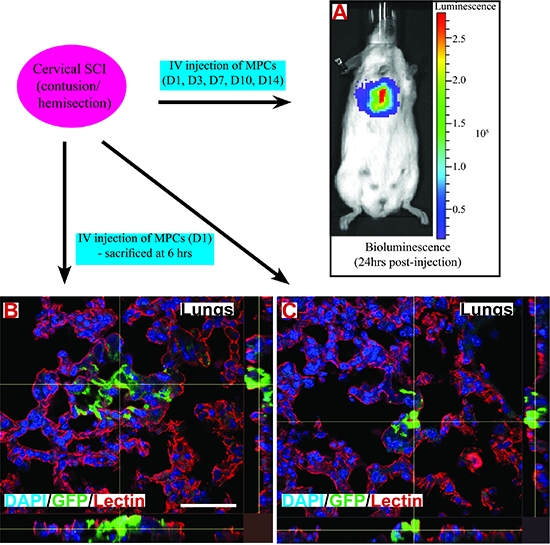You are here
Transplantation of Deep Layer Cortical Neurons for Cervical Spinal Cord Injury Repair
Speakers
Abstract:
Spinal cord injury (SCI) has a devastating outcome in humans, particularly cervical spinal cord injuries, as they result in the patient being severely impaired with significantly diminished (or no) use of their upper limbs. The repair of corticospinal tract (CST) axons is a major obstacle to the recovery of the adult spinal cord after an injury. Historically, CST axons following injury fail to regrow and retract rostrally from the original lesion site; therefore, any therapeutic intervention needs to offer a positive growth milieu and provide meaningful connections to the limbs once innervated. Developing a regenerative therapy for SCI would be transformational. Even small improvements in upper limb function will provide cervical injured patients a chance for increased independence. Establishing an effective cellular treatment for SCI would greatly reduce the significant and ongoing care costs to the US healthcare system.
We have developed a reproducible in vitro differentiation protocol to produce deep cortical neurons, as a viable and promising cellular transplantation strategy for cervical SCI. We employ a rat cervical contusion (C5 level) model of spinal cord injury to measure integration, survival, synaptic circuitry and functional outcomes following deep cortical neuron transplants at a single defined age point (Day 35). Our animals undergo additional behavioral/functional testing following deep cortical neurons transplantation.
We hypothesize that our deep cortical neurons transplants successfully survive, integrate, and form appropriate functional and anatomical outcomes after a cervical spinal injury. We propose that any observed functional improvement will arise from the transplanted deep cortical neurons forming new connections to host spinal cord circuitry, and in addition, host CST axons will form synaptic connections to those neurons from the deep cortical neuron transplants.
Functional tests encouraging the use of the injured forelimb and assessment are also undertaken in groups to ascertain improved growth and target specificity. We believe our strategies will help patients with cervical spinal cord damage by using techniques that can be matched to the individual patient, reduce dependence on anti-rejection drugs and provide significant recovery capacity.


